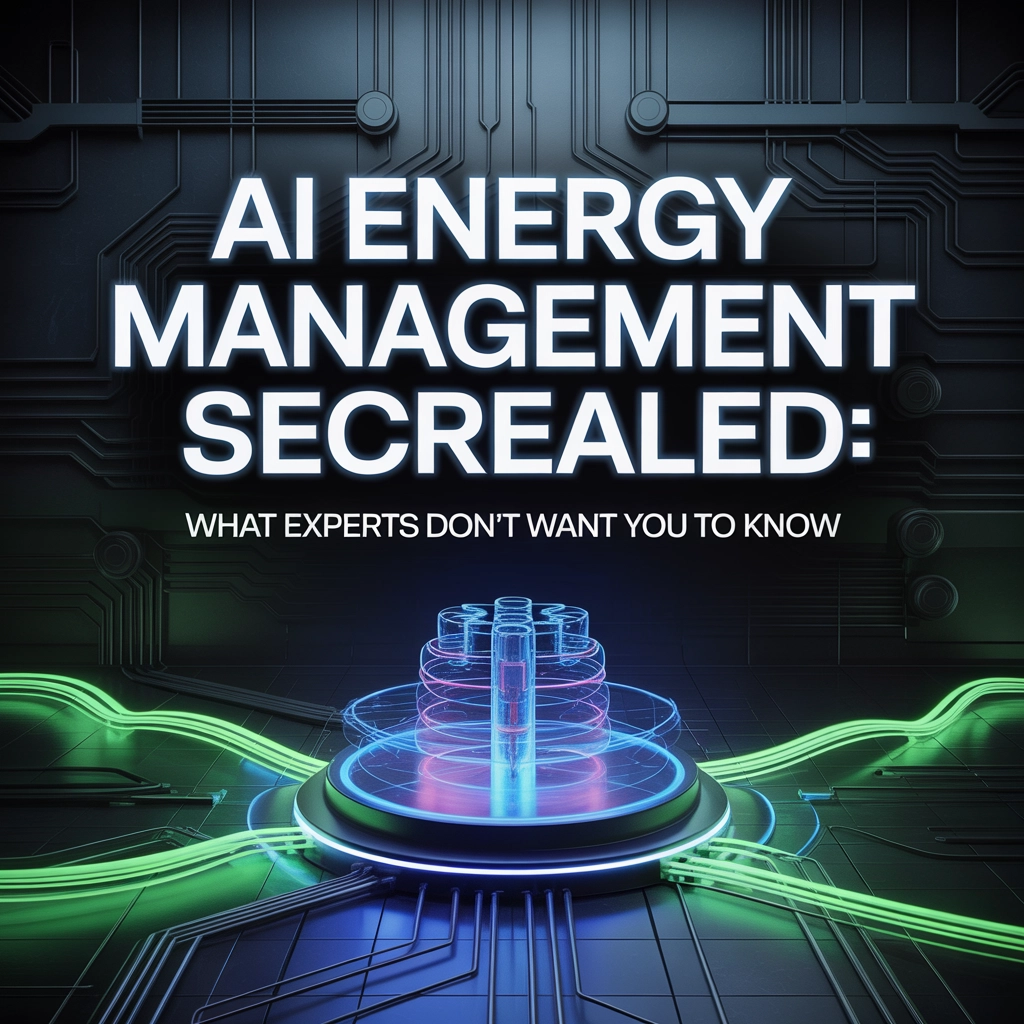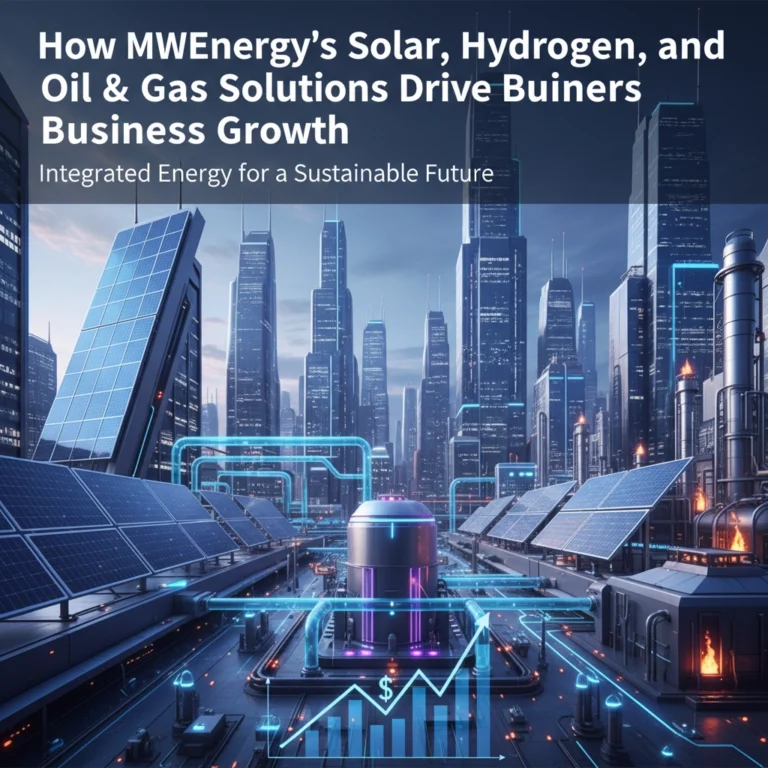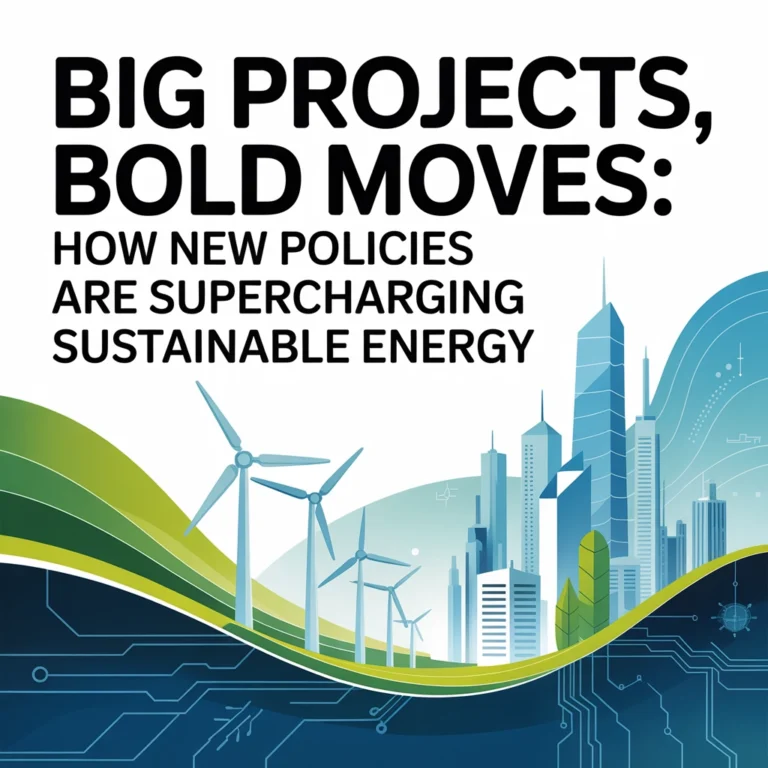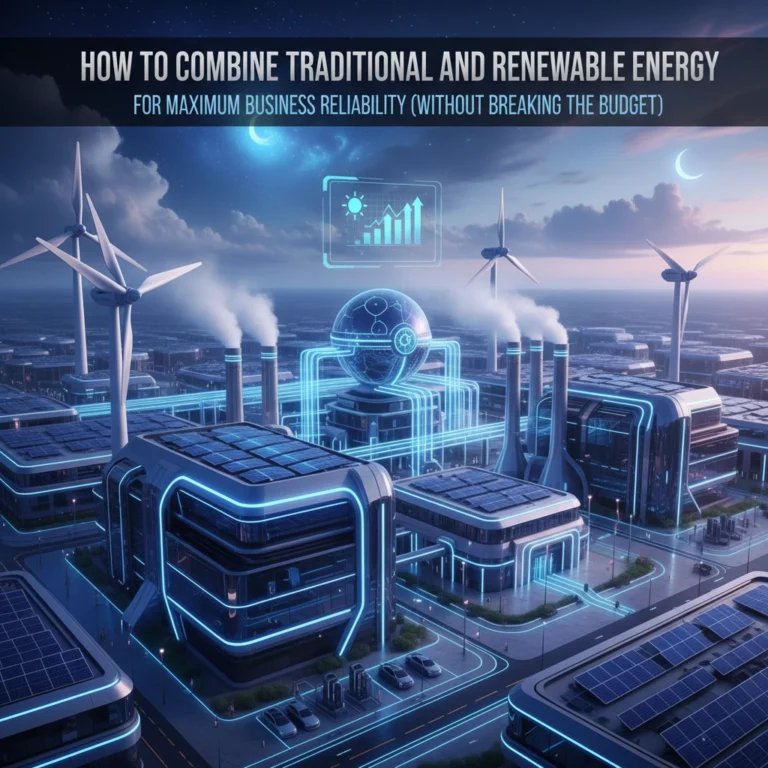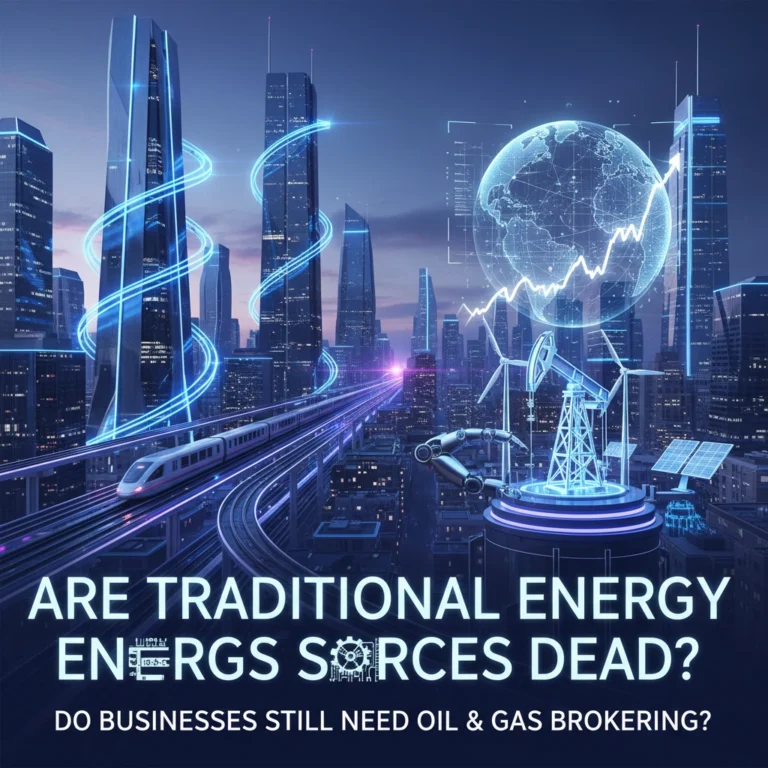AI Energy Management Secrets Revealed: What Experts Don't Want You to Know
The energy industry loves to talk about AI as the magical solution to all our power problems. But here's what they're not telling you: AI energy management isn't the plug-and-play miracle it's often portrayed as. While the technology is genuinely revolutionary, there are some uncomfortable truths that vendors and consultants prefer to gloss over.
Let's pull back the curtain and explore what's really happening behind the scenes of AI-powered energy systems.
The Data Hunger Monster Nobody Talks About
Here's the first secret: AI energy management systems are absolutely voracious when it comes to data collection. These systems don't just monitor your main electrical meter – they're gathering extensive data from every single connected device in your network, creating detailed profiles of your usage patterns down to the minute.
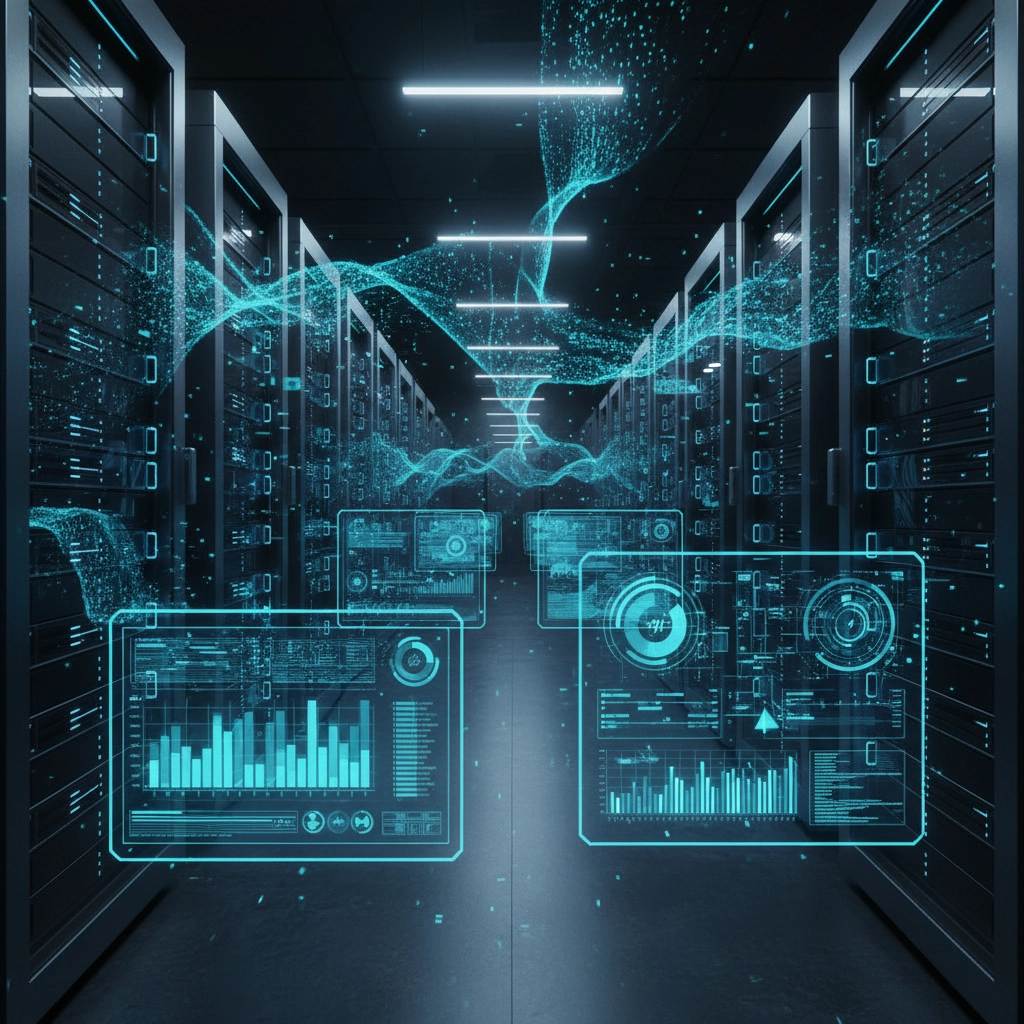
Your AI system knows when you arrive at work, when your team takes lunch breaks, and even when someone leaves a computer running overnight. While this granular data collection enables incredible optimization, it raises privacy questions that many providers conveniently sidestep during sales presentations.
The reality is that effective AI energy management requires this level of detailed monitoring. Machine learning algorithms need massive datasets to identify patterns, predict demand, and make intelligent decisions about load distribution. Without comprehensive data, the AI is essentially flying blind.
The Hidden Environmental Paradox
Here's an inconvenient truth that'll make you think twice: the AI systems designed to reduce your energy consumption are themselves energy hogs. The computational power required to run sophisticated machine learning algorithms, process massive datasets, and maintain cloud-based analytics platforms translates into substantial real-world energy use.
This creates a fascinating paradox. Your AI energy management system might optimize your facility to save 15% on electricity while the system itself consumes 3-5% more energy to operate. Most vendors won't volunteer this information upfront, but it's a real consideration when calculating your actual net energy savings.
The good news? The math still works out in your favor. Even accounting for the AI system's own energy consumption, most implementations deliver significant net reductions in overall energy usage. But transparency about these trade-offs would be refreshing.
The "Smart" Grid Reality Check
The energy industry loves to promote AI as enabling seamless integration with smart grids and renewable sources. This isn't marketing fluff – AI genuinely excels at real-time monitoring, predictive analytics, and dynamic load balancing. But here's what they don't emphasize: the infrastructure requirements are substantial.
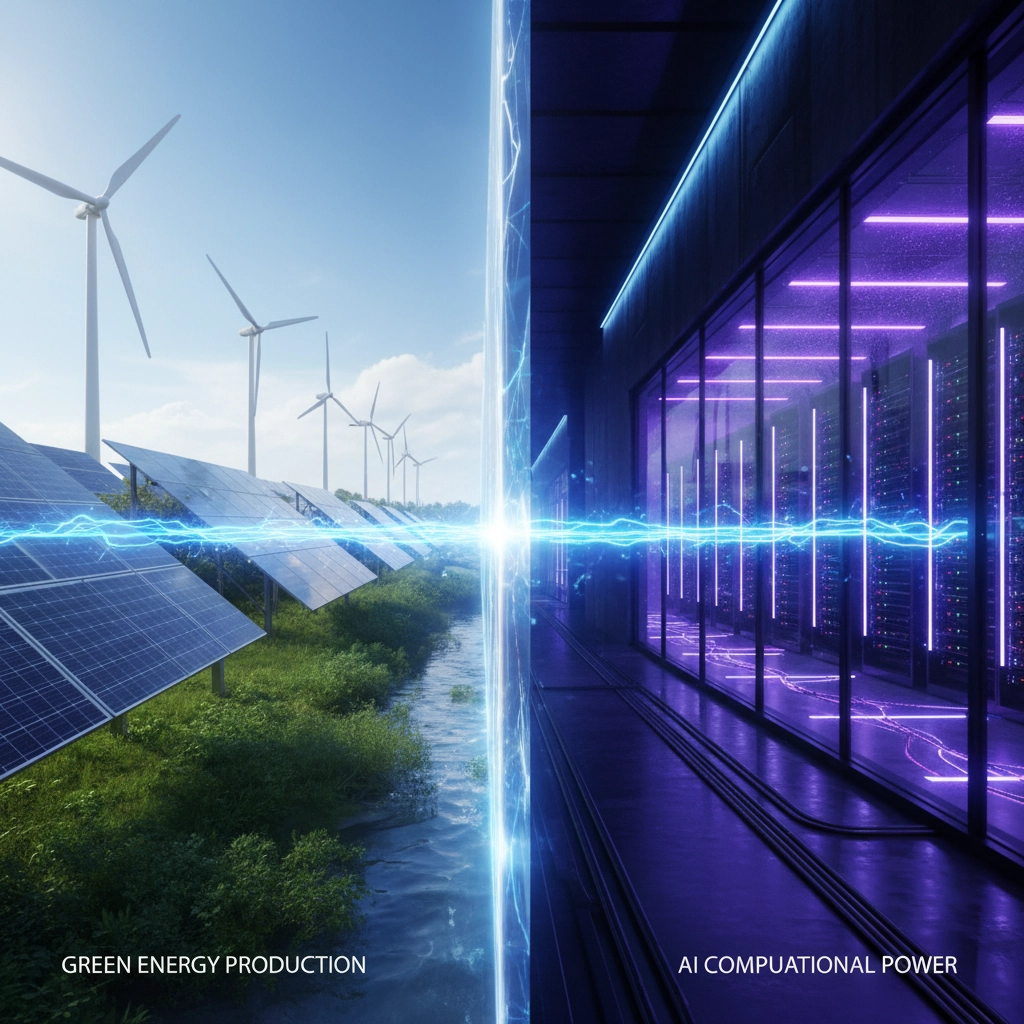
Effective AI energy management isn't just software – it requires sophisticated hardware integration, robust communication networks, and often significant upgrades to existing electrical systems. The "simple installation" often turns into a complex infrastructure project that can take months to complete properly.
AI systems continuously monitor and optimize utilities including energy, water, and waste management through interconnected sensors and control systems. They adjust energy consumption based on real-time supply and demand conditions, but this requires extensive sensor networks and communication infrastructure that many businesses underestimate.
The Customization Complexity
Every energy consultant will tell you that AI solutions are "highly customizable" and "tailored to your specific needs." This is absolutely true – and it's also a potential nightmare.
Unlike off-the-shelf software solutions, AI energy management systems require extensive customization to work effectively. The algorithms need to learn your specific usage patterns, understand your operational schedules, and integrate with your existing equipment and processes.

This customization process typically takes 3-6 months of continuous learning and adjustment. During this period, the system might make recommendations that don't align with your operational reality, or miss optimization opportunities because it hasn't fully understood your patterns yet. The learning curve is real, and it requires patience and ongoing collaboration with your AI provider.
The Prediction Accuracy Gap
AI energy management systems excel at predictive analytics, using machine learning algorithms to analyze historical data and forecast energy demand. This enables proactive adjustments and prevents wasteful consumption spikes. But here's the catch: prediction accuracy varies significantly based on your business type and operational consistency.
Manufacturing facilities with predictable production schedules see excellent results. Office buildings with consistent occupancy patterns benefit tremendously. But businesses with highly variable operations – think seasonal retailers or event venues – often struggle to achieve the optimization levels promised in marketing materials.
The AI needs patterns to learn from. If your energy usage is inherently unpredictable, the system's ability to optimize proactively becomes limited. This doesn't make AI useless for these applications, but it does mean the benefits might be more modest than anticipated.
The Integration Reality
Modern AI platforms promise seamless integration with existing enterprise software systems through intuitive user interfaces and configurable algorithms. The reality is more nuanced. While the technology has indeed become more user-friendly, successful implementation still requires significant IT involvement and ongoing maintenance.

The model-driven architecture of contemporary AI energy platforms does reduce the coding requirements compared to traditional energy management systems. However, integration with legacy equipment, existing building management systems, and enterprise software often reveals compatibility challenges that weren't apparent during the initial assessment.
The Maintenance Factor Nobody Mentions
Here's something your AI vendor probably won't emphasize during the sales process: these systems require ongoing maintenance and optimization. The machine learning algorithms need regular tuning, the sensor networks require monitoring and calibration, and the predictive models need updating as your operational patterns evolve.
This isn't set-and-forget technology. Effective AI energy management requires a partnership approach, with regular check-ins, performance reviews, and system adjustments. Budget for ongoing support costs beyond the initial implementation.
The Real Benefits (When Done Right)
Despite these challenges and hidden complexities, AI energy management delivers genuine value when implemented thoughtfully. Organizations typically see 10-30% reductions in energy consumption, with the highest savings coming from optimized HVAC systems, intelligent lighting controls, and predictive maintenance programs.
The technology excels at identifying inefficiencies that human operators miss, optimizing energy usage during peak and off-peak periods, and facilitating the integration of renewable energy sources. When solar, wind, and other renewable sources are part of your energy mix, AI becomes invaluable for managing the variability and maximizing the value of clean energy generation.
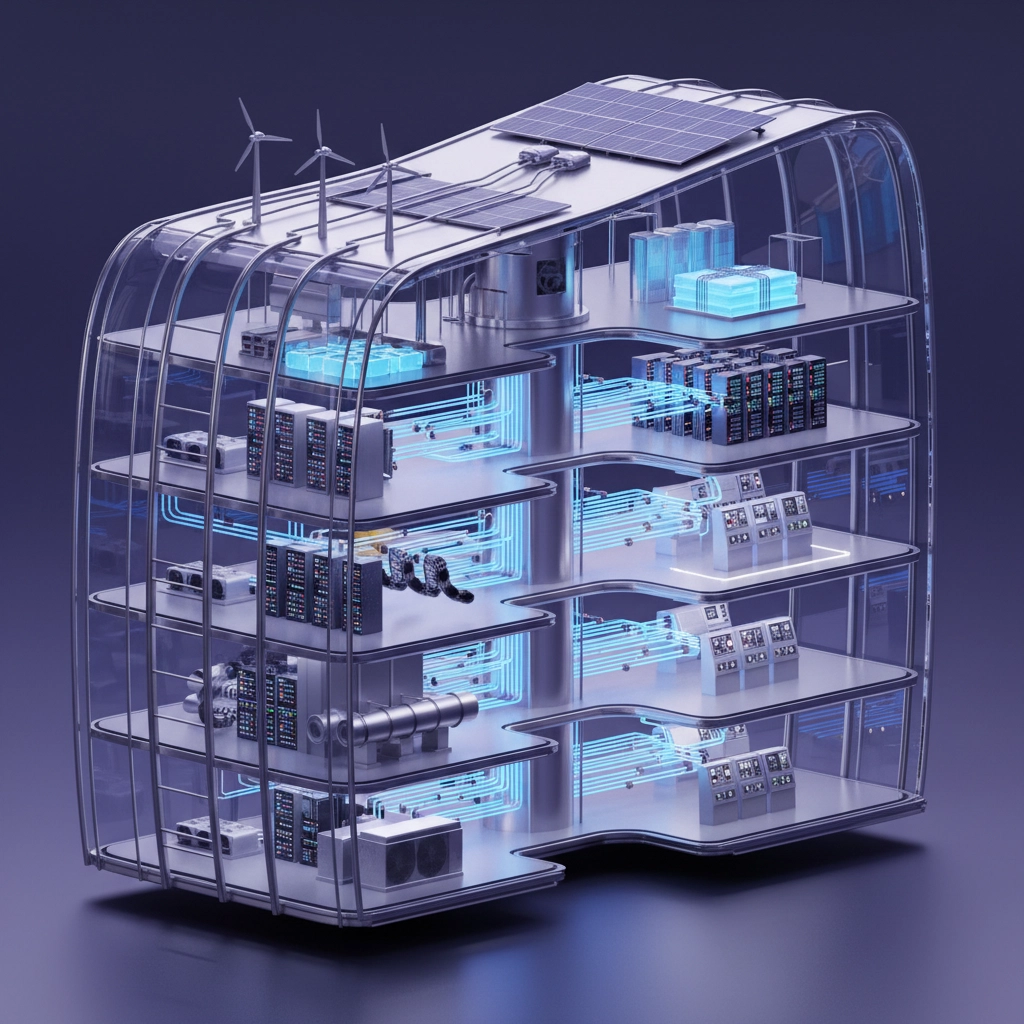
Making Informed Decisions
The key to successful AI energy management isn't avoiding the technology – it's understanding these realities upfront and planning accordingly. Ask potential vendors about data requirements, infrastructure needs, implementation timelines, and ongoing support requirements.
Request references from similar businesses and ask about their actual experience during the learning period. Understand the total cost of ownership, including the AI system's own energy consumption and ongoing maintenance requirements.
AI energy management represents a significant advancement in how we optimize energy consumption and integrate renewable sources. But like any sophisticated technology, it works best when you understand both its capabilities and limitations. The "secrets" aren't really secret – they're just the practical realities that get glossed over in marketing presentations.
By approaching AI energy management with realistic expectations and proper planning, businesses can achieve substantial energy savings while contributing to a more sustainable future. Just don't expect it to be as simple as flipping a switch.

